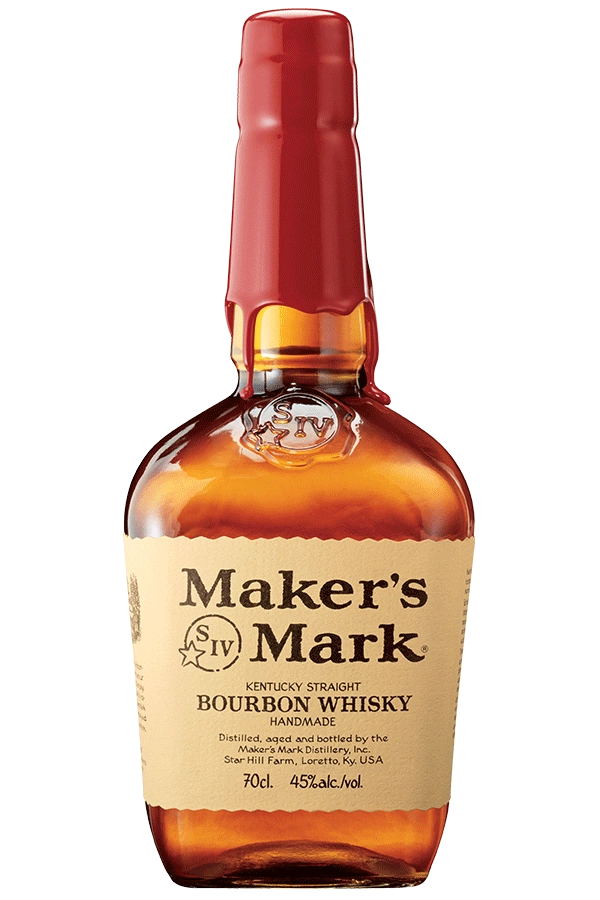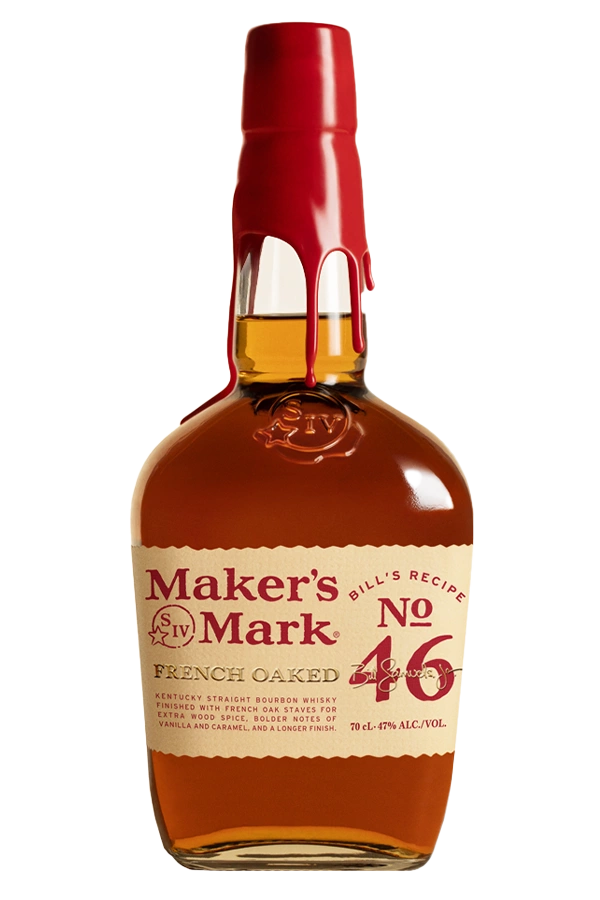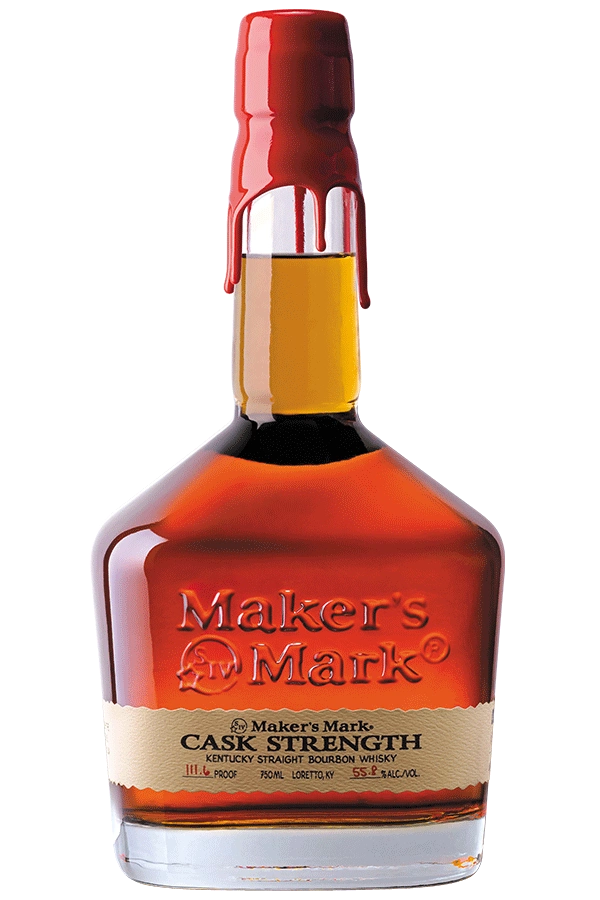
Maker’s Mark® Production
There's an old joke at the distillery that goes, "If we could make it any faster, we wouldn't." Because at Maker’s Mark® , it's one bottle at a time. Every time. That's as true today as it was when our founders filled our first bottle. And since then, it's been a widely held belief around here that character isn't made by machine.
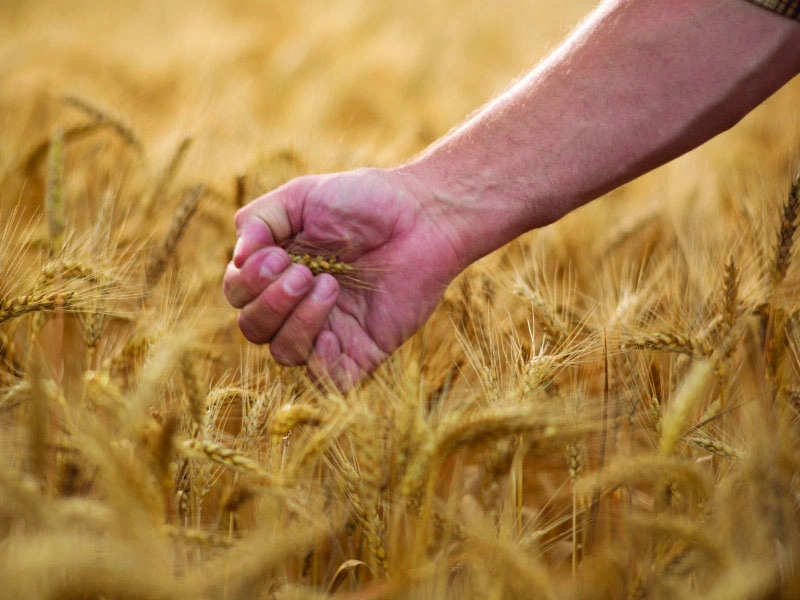
RED WINTER WHEAT Bill's mash.
Soft red winter wheat is the Maker’s Mark® ® flavoring grain and star of its mash bill. In a day when distiller's rye – which can have an unwanted bite – was the go-to grain for whisky makers, Bill Samuels, Sr., set out for a flavor that would let his new bourbon stand out in the crowd. After some trial and error, he discovered exactly what he was thirsting for.
LIMESTONE WATER Always pure.
The limestone shelf where the distillery is located is key to crafting the unique taste of Maker’s Mark® – the only distillery with its own water source and watershed. Kentucky limestone filters out iron from water, which is unpleasant in bourbon. The pure calcium- and magnesium-rich water surrounding the distillery makes better drinking water and a better sour mash in which yeast can flourish.
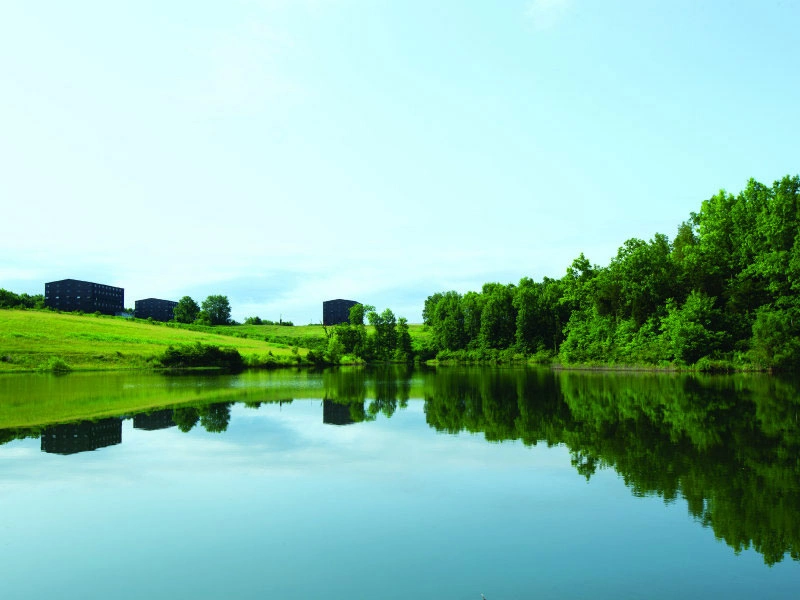
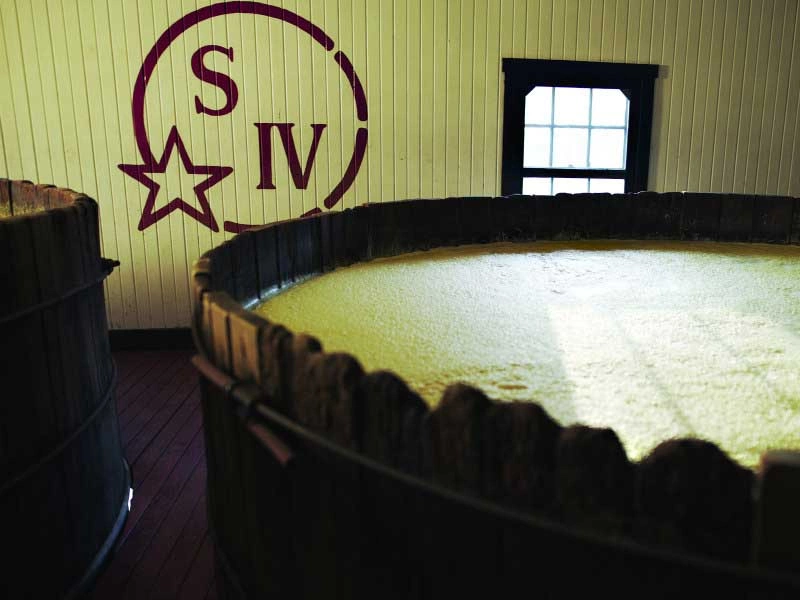
A yeast strain older than Maker's itself.
Sometimes the best, freshest ingredient available is an heirloom yeast strain that's more than 150 years old. In fact, this highly guarded microorganism has been passed down to every bottle of Maker’s Mark® ever produced. Would it have been easier to switch to cheaper stock yeast when everyone else was? Sure. But, it wouldn't be better. And, it wouldn't be Maker’s Mark® .
The yeast ferments in tanks that are original to the old Burks Distillery that predates Maker’s Mark® . They're made from cypress planks more than 100 years old. Hard to source these days, cypress is ideal because it has no effect on the flavor of Maker’s Mark® .
Our double-barrel distillation stills.
In addition to being stunning to look at, these gleaming copper stills are key to our double-distillation process, which removes impurities for a more refined sipping whisky. As demand grew, our friends at Vendome Copper & Brass Works fabricated and helped us install an exact replica of our original still, creating this cool mirror illusion in our stillhouse and ensuring every drop of Maker's is still made the same way as Bill intended.


The perfect degree of char.
It takes just 40 seconds of fire to achieve Maker’s Mark® customary number-three char. The process of firing barrels opens pores in the staves and caramelizes the natural wood sugars. This helps give Maker’s Mark® those pleasant vanilla notes. But before the firing can happen, the cooperage (or barrel-building company) must "season" the new American white oak used for our barrels outdoors for nine months, including summer. This helps remove the bitter tannins in the wood that would otherwise go into the bourbon.
Barrel rotation by hand.
We rotate our 525-pound barrels by hand to ensure proper exposure to the different temperatures around the rackhouse. This adds consistency from barrel to barrel while setting us apart from distillers who abandoned the practice long ago. Barrels spend a minimum of three hot Kentucky summers in the top of the rackhouse where the whisky expands through the wood, gaining color and flavor. Our tasting panel determines when the whisky is ready to move to a cooler section, keeping it from maturing too quickly.


Maker’s Mark® Timeline
Here’s the short and sweet version of events that mark the key moments in Maker’s history.

